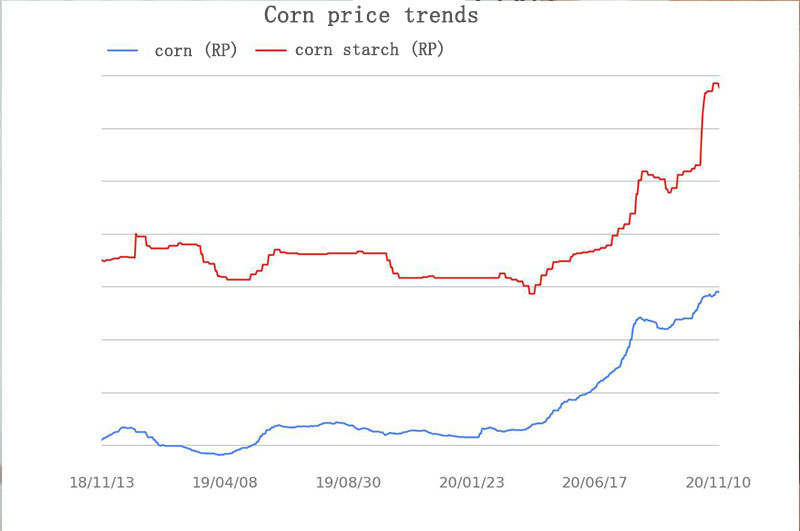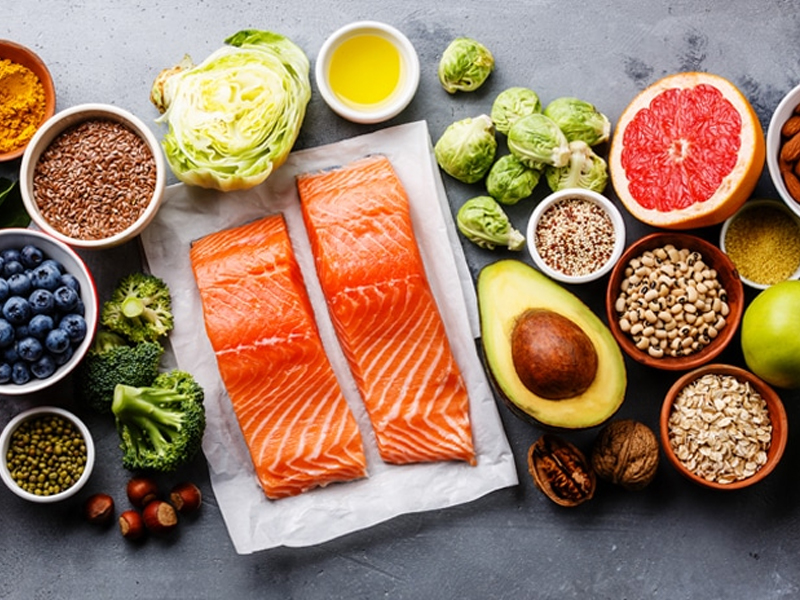Starch is a carbohydrate that is widely used in food, non-food and feed industries. It can provide various functions such as thickening, stabilizing, sweetening, bulking and fat replacing. Organic starch is derived from organic sources such as wheat, corn, potato, tapioca and others. Organic starch is preferred by consumers who are looking for natural, clean-label and healthy products.
The global organic starch market is expected to grow at a significant rate in the forecast period of 2023-2030. The main factors driving the market growth are:
- The rising popularity of organic foods due to the increasing awareness of their health benefits and environmental impact.
- The growing demand for starch-based processed foods such as bakery products, confectioneries, dairy products, ready-to-eat/ready-to-cook products and infant foods.
- The evolving dietary habits and hectic lifestyle of consumers who seek convenience, but also quality and nutrition.
- The expanding food and beverages industry that requires versatile and functional ingredients for product innovation and differentiation.
The main challenges facing the market growth are:
- The fluctuating prices of agricultural products that affect the availability and cost of organic starch sources.
- The strict regulations and certification requirements for organic products that increase the production and distribution costs.
- The competition from conventional starch and other substitutes that offer similar or better functionality at lower prices.
Market Segmentation
The global organic starch market can be segmented by source, application and region.
By Source
By source, the market can be divided into:
| Source | Description | Example Products |
|---|---|---|
| Wheat starch | Used for bakery products, noodles and pasta. High water-binding capacity and neutral taste. Can be modified for stability, viscosity and freeze-thaw resistance. | Breads, cakes, cookies, pastries, pies, noodles, pasta |
| Corn starch | Widely used in food applications. High amylose content and low gelatinization temperature. Provides clarity, gloss and texture. Can be modified for resistance to heat, acid and shear. | Sauces, gravies, puddings, custards |
| Potato starch | Known for high viscosity and gel strength. Forms transparent and elastic gels. Stable at low pH and high temperature. Used for soups, salad dressings, meat products and confectioneries. Can be modified for solubility, dispersibility and freeze-thaw stability. | Soups, salad dressings, meat products, confectioneries |
| Tapioca starch | Derived from cassava root. Low amylose content and high gelatinization temperature. Forms clear and smooth gels. Resistant to syneresis. Used for puddings, pie fillings, snacks and gluten-free products. Can be modified for viscosity, gel strength and freeze-thaw stability. | Puddings, Pie fillings, snacks, gluten-free products |
| Others | Other sources of organic starch include rice, barley, oats, sorghum, millet and quinoa. Different characteristics and applications depending on origin and processing methods. | Cereals, beverages, baby foods, cosmetics |
By Application
By application, the market can be divided into:
| Application | Description | Example Products |
|---|---|---|
| Bakery products | Require starch for moisture retention, volume enhancement, crumb structure improvement, shelf-life extension and fat reduction. Organic starch meets consumer demand for natural and healthy ingredients. | Breads, cakes, cookies, pastries, pies |
| Confectioneries | Use starch for binding, molding, coating and texturizing. Organic starch meets consumer demand for natural and organic confectioneries. | Candies, chocolates, gums, marshmallows |
| Dairy products | Use starch for thickening, stabilizing, emulsifying, texturizing and fat replacing. Organic starch meets consumer demand for natural and organic dairy products. | Yogurts, cheeses, creams, ice creams |
| Ready-to-eat/Ready-to-cook products | Use starch for thickening, stabilizing, enhancing flavor and extending shelf-life. Organic starch meets consumer demand for convenient, but healthy and organic products. | Soups, sauces, gravies, curries, dips, dressings |
| Infant foods | Use starch for providing energy, improving digestibility, enhancing texture and adding nutrition. Organic starch meets consumer demand for safe, natural and organic infant foods. | Cereals, purees, snacks, drinks |
| Other non-food segments | Use starch for binding, coating, moisturizing, film-forming and biodegrading. Organic starch meets consumer demand for eco-friendly and organic products. | Cosmetics, personal care products, pharmaceuticals, paper, textiles |
By Region
By region, the market can be divided into:
| Region | Description |
|---|---|
| North America | North America is expected to be the largest market for organic starch due to the high consumption of organic foods and beverages in the region. The increasing awareness of health and wellness among consumers and the growing demand for natural and clean-label products are driving the market growth in North America. |
| Europe | Europe is expected to be the second largest market for organic starch due to the strong presence of organic food and beverage manufacturers in the region. The strict regulations and standards for organic products and the high consumer preference for organic products are driving the market growth in Europe. |
| Asia Pacific | Asia Pacific is expected to be the fastest growing market for organic starch due to the rapid urbanization and industrialization in the region. The changing lifestyle and dietary habits of consumers and the growing demand for convenience and processed foods are driving the market growth in Asia Pacific. |
| Rest of the World | Rest of the World is expected to witness a moderate growth rate for organic starch due to the low awareness and availability of organic products in the region. However, the increasing disposable income and purchasing power of consumers and the growing influence of western culture are creating opportunities for market growth in Rest of the World. |
Conclusion
Organic starch is a promising ingredient for various industries that require natural, clean-label and healthy products. The global organic starch market is expected to grow at a significant rate in the forecast period of 2023-2030, driven by the rising popularity of organic foods, the growing demand for starch-based processed foods, the evolving dietary habits and hectic lifestyle of consumers, and the expanding food and beverages industry. The main challenges facing the market growth are the fluctuating prices of agricultural products, the strict regulations and certification requirements for organic products, and the competition from conventional starch and other substitutes. The global organic starch market can be segmented by source, application and region, with different characteristics and opportunities in each segment.

